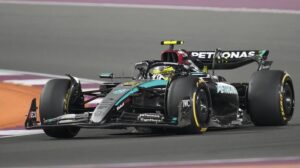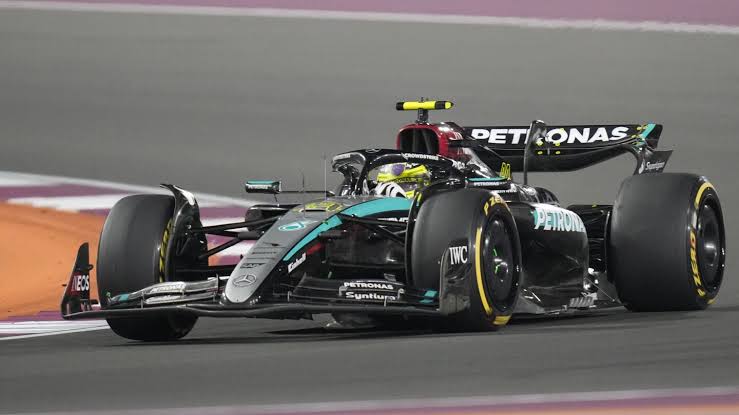May 28, 2025 | Barcelona, Spain
As Formula 1 prepares for another round of technical regulation changes, tensions have begun to rise in the paddock. Starting June 1, new rules mandating stiffer front wings are set to take effect — a move officially designed to combat aerodynamic flexing and ensure fair play across the grid.

According to reports circulating from within the Mercedes camp, the Silver Arrows believe this mid-season adjustment is less about technical fairness and more about targeting specific teams. “This is starting to feel like a form of team witch-hunting,” an unnamed senior figure at Mercedes allegedly told insiders during preparations for the upcoming Spanish Grand Prix.
The FIA’s decision to enforce stricter front wing rigidity rules follows months of scrutiny over flexi-wing designs, primarily used by frontrunners like McLaren and Red Bull. Engineers across the paddock have long operated in the grey areas of the technical regulations — pushing materials and mounting strategies to the limit to gain even the slightest edge.
McLaren, currently leading both the Drivers’ and Constructors’ Championships, has benefited from a particularly efficient aero package. Some believe the timing of the new regulation is no coincidence.
“The rule is dressed up as a general safety and fairness issue,” the source added, “but when you look at who is actually being affected, the motive starts to look more political than technical.”
Ferrari and Red Bull are reportedly reassessing their front wing setups, with both teams concerned about potential performance drops. But while others are strategizing to minimize losses, Mercedes sees an opportunity — and an agenda.
“This could be our chance to claw back some competitiveness,” the team source admitted. “But we also have to call it what it is — a targeted regulation change made mid-season to curb specific performance gains. If this were happening to us, there would be uproar.”
McLaren has declined to publicly comment on the accusations, but internal team members have indicated confidence that their cars will remain competitive under the revised rules.
If these changes significantly alter the performance dynamics at the front, expect louder conversations about regulatory consistency and politics in F1 governance. Critics argue that such mid-season interventions threaten the integrity of the competition, especially when they appear to be in reaction to one team’s dominance.
As F1 heads into the European summer stretch, the focus should be on racing. But with accusations of rule-bending and rule-making now front and center, the fight for the 2025 championship might extend beyond the track — and into the heart of the sport’s regulatory process.

